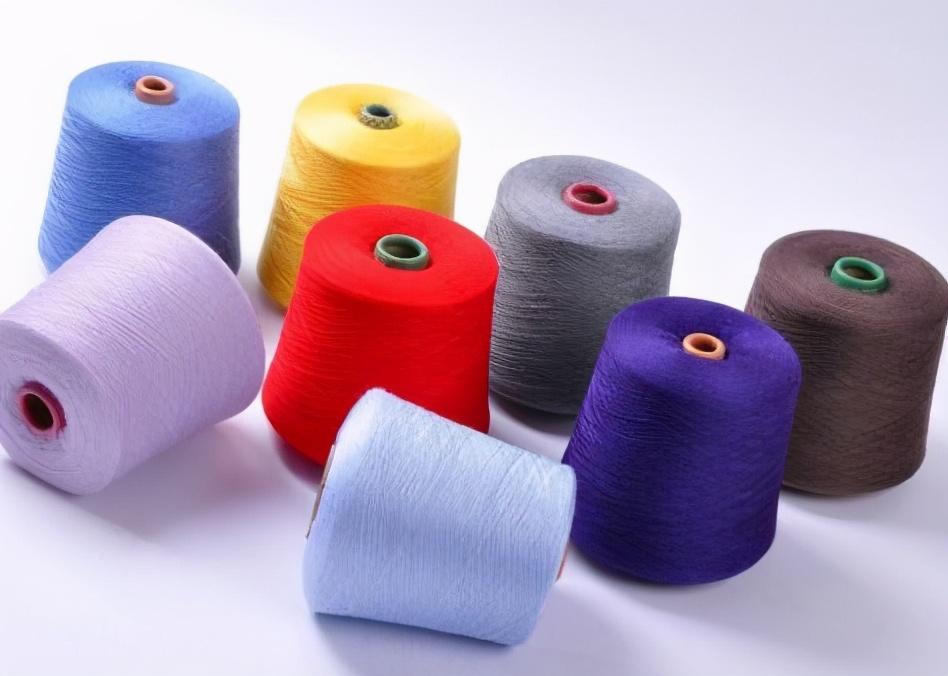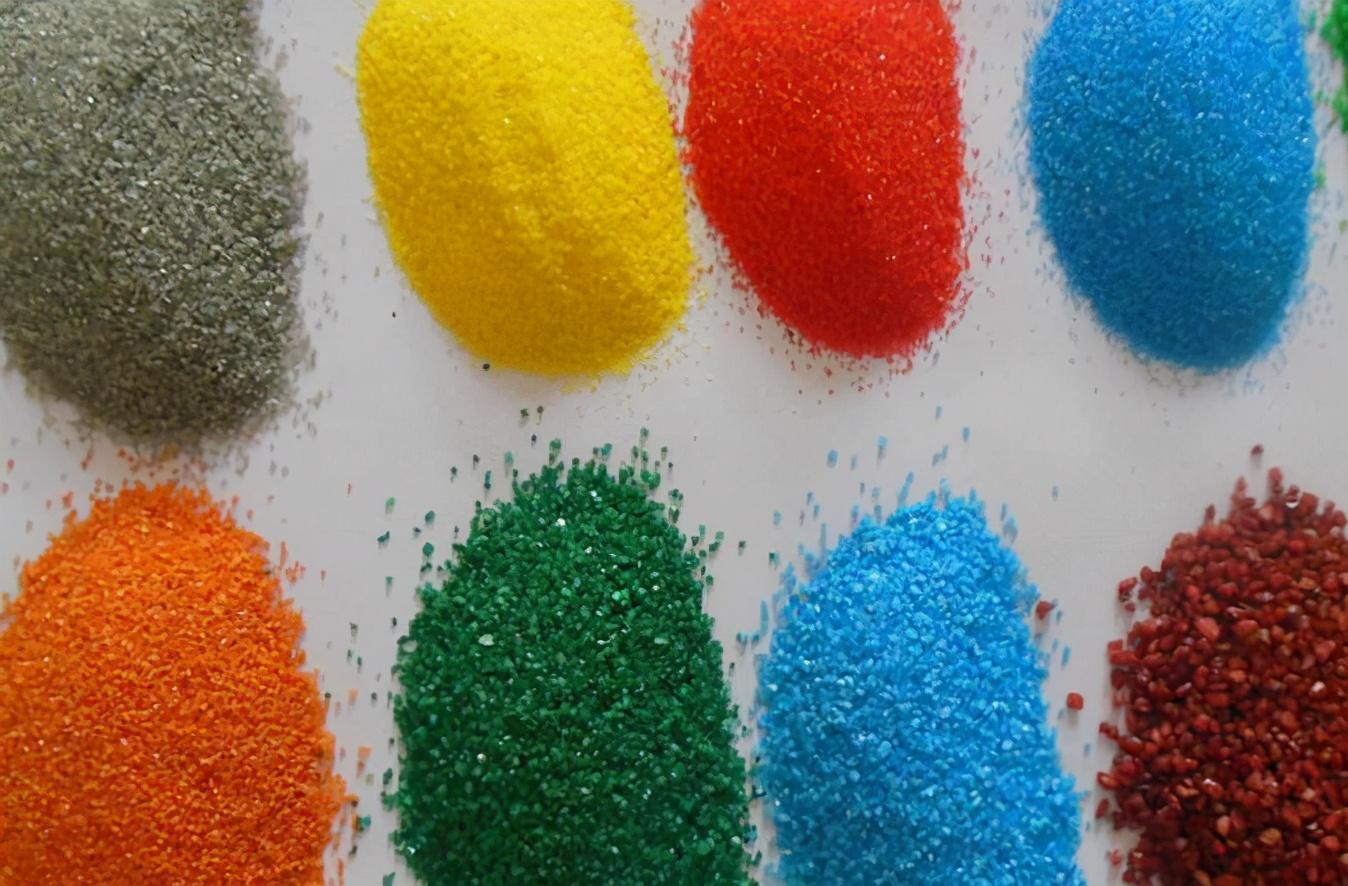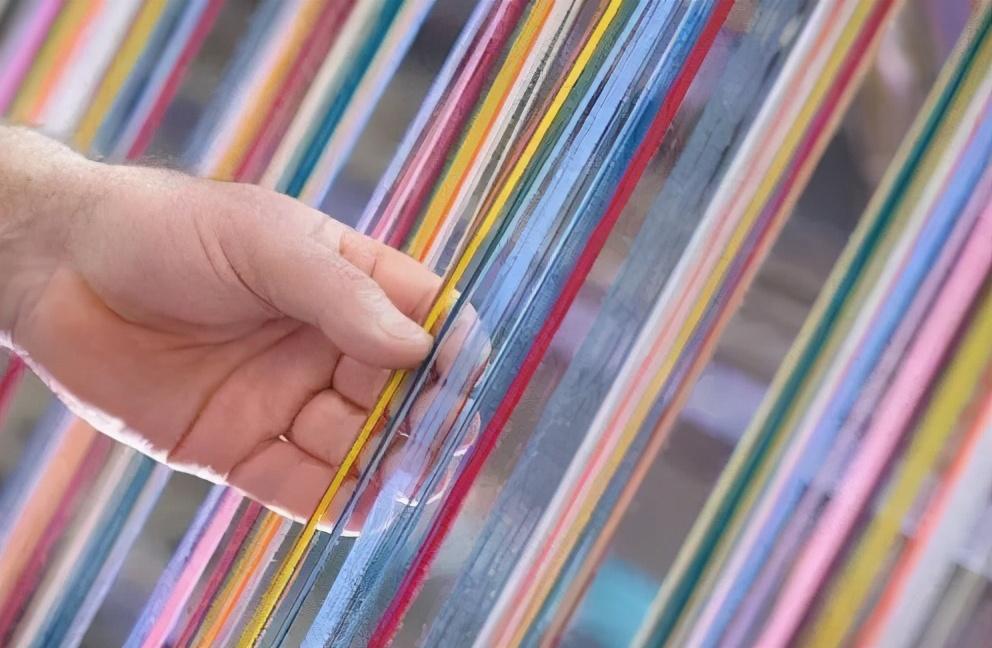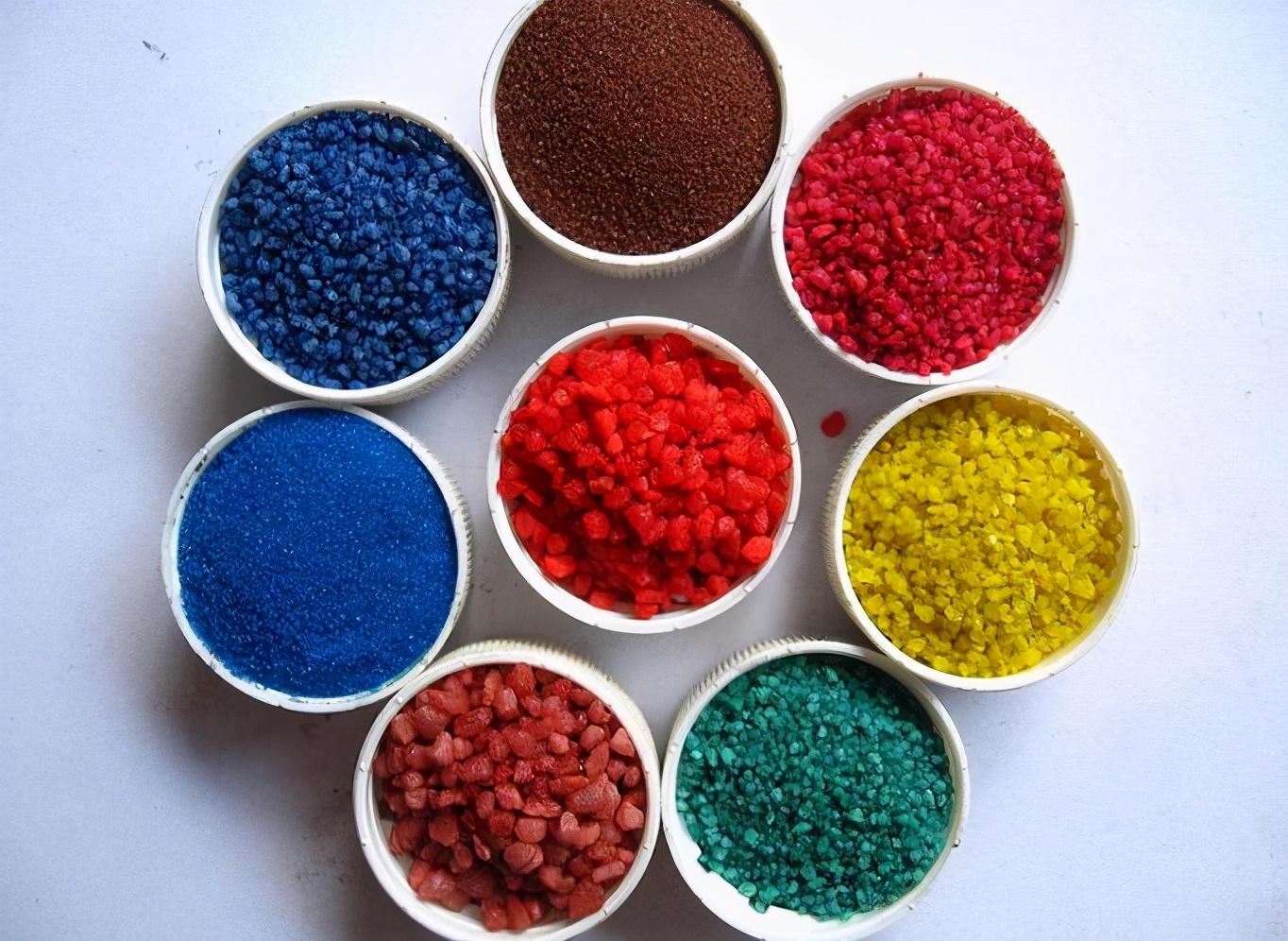Dye fastness refers to the ability of dyes or pigments to maintain their original color under the influence of various external factors during use or post-dyeing processing. It is also a quality requirement for dyed and printed fabrics. .

Dyeed fabrics may become discolored or discolored due to light, sweat, friction, washing, ironing, etc. during wearing and storage. The discoloration phenomenon affects the appearance and aesthetics of fabrics or clothing. The nature or degree of variation in dyeing state can be expressed by dye fastness.
The dye fastness of fabric is related to fiber type, yarn structure, fabric organization, printing and dyeing method, dye type and external force.
It can be divided into light fastness, washing or soaping fastness, rubbing fastness, perspiration fastness, ironing fastness and sublimation fastness, etc.
Let’s take a closer look at “How many types of dye fastness are there in textiles?”

Sunlight fastness
Sunlight fastness is Refers to the degree to which colored fabrics change color due to sunlight.
The test method can be either sunlight exposure or sunlight machine exposure, and compare the fading degree of the sample after exposure with the standard color sample. , there are two grading standards: wool blue label and gray card.
National and European standards are divided into 8 levels, with level 8 being the best and level 1 being the worst; American standards are divided into level 5, with level 5 being the best. Level 1 is the worst.
Fabrics with poor sun fastness should not be exposed to the sun for a long time and should be placed in a ventilated place to dry in the shade. Generally, a xenon lamp is used for 24 hours of testing.
Washing fastness
Washing or soaping fastness refers to the color change of dyed fabrics after being washed with washing liquid. degree.
Usually the gray graded sample card is used as the evaluation standard, that is, the color difference between the original sample and the sample after fading is used for evaluation.
Washing fastness is divided into 5 levels, with level 5 being the best and level 1 being the worst. Fabrics with poor washing fastness should be dry cleaned. If wet cleaning is performed, extra attention should be paid to the washing conditions, such as the washing temperature should not be too high and the washing time should not be too long.
Washing fastness is divided into two indicators, original change and white cloth staining. White cloth staining is divided into cotton, nylon, polyester, wool, acrylic and vinegar. Six types of ester fibers. The test temperature is 40/50/60/95 degrees. Generally, silk and wool use 40 degrees, and cellulose fibers use 60 degrees.
Friction fastness
Friction fastness refers to the degree of color fading of dyed fabrics after rubbing, which can be divided into dry rubbing and wet friction.
The rubbing fastness is evaluated based on the degree of staining of white cloth, and is divided into 5 levels (1-5). The larger the value, the better the rubbing fastness.

Perspiration fastness
Perspiration fastness is Refers to the degree of color fading of dyed fabrics after being soaked in sweat.
Since the composition of artificially prepared sweat is different, the perspiration fastness is generally assessed in combination with other color fastnesses in addition to separate measurements.
Perspiration fastness is divided into levels 1 to 5. The higher the level, the better. In European standards and national standards, perspiration fastness is divided into color fastness to acid perspiration and color fastness to alkali perspiration.
Ironing fastness
Ironing fastness refers to the degree of discoloration or fading of dyed fabrics when ironed.
The degree of discoloration and fading is evaluated by the staining of other fabrics by the iron at the same time.
Ironing fastness is divided into levels 1 to 5, with level 5 being the best and level 1 being the worst. When testing the ironing fastness of different fabrics, the ironing temperature for the test should be selected.
Sublimation fastness
Sublimation fastness refers to the degree of sublimation phenomenon that occurs in dyed fabrics during storage.
Sublimation fastness uses a gray grading sample card to evaluate the degree of discoloration, fading and white cloth staining of fabrics after dry heat pressing. It is divided into 5 levels.
Level 1 is the worst and level 5 is the best.
This test is generally used for polyester fabrics dyed with disperse dyes.

Chlorine fastness
Chlorine fastness The temperature is generally aimed at some swimming suits, because seawater contains chlorine, which can easily cause the fabric to fade.
Nowadays, city tap water also contains available chlorine. Some hospital and hotel supplies need to be disinfected with chlorine-containing detergents, so the requirements for chlorine bleach fastness have been raised. There are higher and higher demands.
Perspiration and light fastness Some fabrics have been tested to have very good perspiration fastness and light fastness.
However, in actual use, especially in summer, it is easy to fade due to sweat and sun exposure.
This�A new requirement was put forward, and at the same time, a new standard was born.
Peroxide fastness
Most of the current laundry detergents add peroxides such as peracetic acid and some activators, causing the textiles to It fades due to oxidation during the process. Therefore, the color fastness of textiles must have a certain tolerance to peroxide.
The dye fastness of normal fabrics generally needs to reach level 3~4 to meet the needs of wearing.

Others include weather fastness, color fastness, saliva fastness, blister fastness, dry cleaning fastness These fastnesses have put forward increasingly higher requirements for the printing and dyeing processing of textiles.






